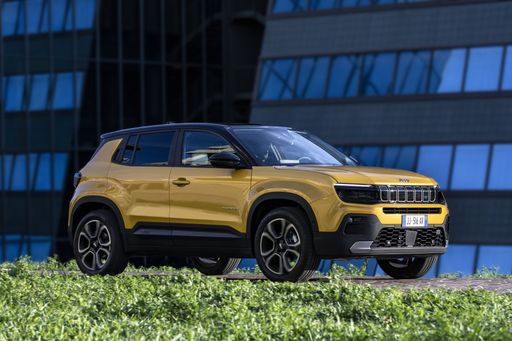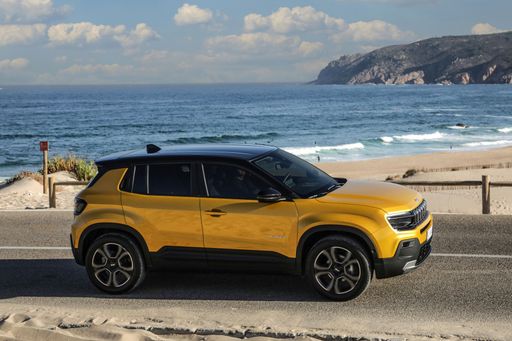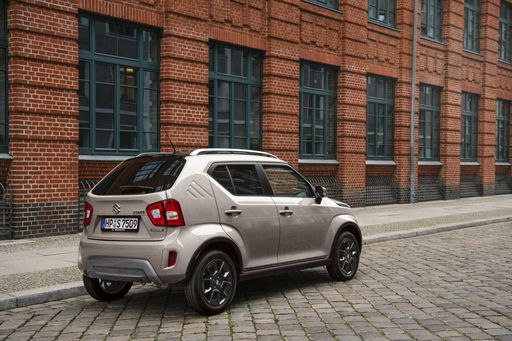Compact SUV Battle: Jeep Avenger vs. Suzuki Ignis
The automotive industry has continuously evolved as new technologies and consumer preferences shape the market. As the demand for compact SUVs increases, two contenders have captured attention: the Jeep Avenger and the Suzuki Ignis. Both models offer unique features aimed at different segments of consumers, yet they compete in the same category. Let's delve into their technical aspects and innovations to help you decide which is the better fit for your needs.










